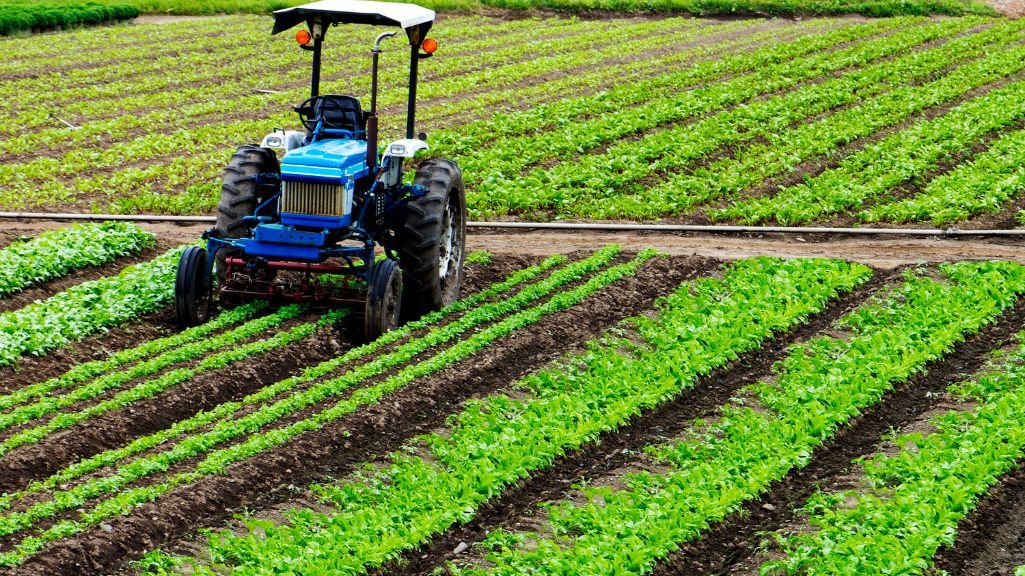Japan's Innovative Technologies for Sustainable Solutions: Revolutionizing Agriculture in Hostile Environments
James Bond
. 2 min read
Japan's innovative technologies for sustainable solutions are revolutionizing agriculture in hostile environments by introducing various farming methods and technologies that can grow crops in areas that are typically difficult to farm. Japan's unique geography and climate have necessitated the development of these technologies to improve the country's food security and increase crop yields. By incorporating video chat, we can connect with experts in the field, witness their pioneering techniques, and gain a deeper understanding of how these sustainable solutions are addressing food security challenges and increasing crop yields in previously untapped regions.

Revolutionizing Agriculture for Sustainable Solutions in Hostile Environments
1. Let's first look at the "freeze-thaw awakening method"
In Japan we have to import most of our bananas as they grown in tropical regions and weather conditions here are not suitable - being too far north of their normal habitat. A Japanese farm uses what it calls the “freeze thaw awakening method” to grow bananas that have a softer, digestible peel. “The motivation for its development was the fact he wanted to eat a banana that was delicious and safe: people can eat the peel because it is cultivated organically without chemicals.”
2. The "film farming technique" that can grow crops without soil
The world today is facing climate change that causes extreme weather such as droughts and heavy rains, threatening stable production of crops. In order to solve this problem, a farming method that can grow high-quality crops with a small amount of water and without using soil even in harsh environments has been developed. Named IMEC (intelligent membrane culture), it utilizes a technique called “film farming” that uses a special film instead of soil.
3. Revolutionizing Agriculture with Technology: The Power of Smart Farming
A defining characteristic of smart agriculture is the use of technology to better plan and manage crops. This includes utilizing satellite imagery to determine soil characteristics, monitor plant development, and estimate yields as well as analyzing data on weather patterns to manage crops and employing drones and high-tech harvesters. Armed with these tools, growers are able to develop more efficient practices, such as precisely applying agricultural chemicals like pesticides and fertilizer, that save time and energy while boosting outputs.
4. Leading the Way: Japan's Investment in Smart Agriculture to Tackle Labor Shortages
Japan is highly developed in smart-farming-related areas, such as drones and robotics, and has adopted a variety of cutting-edge digital technologies since 2019 (Agriculture, Forestry and Fisheries Research Council 2022). To address the severe challenges of labor shortages, an aging society, and a lack of successors to undertake on agricultural work, the Japanese government has been compelled to promote agricultural policy reforms and increase investment for fostering the development of smart agriculture.
Tools Used in Farming
Some of the tools are saws for wood and bamboo, with wooden scabbards for bush carry, an axe shaped hatchet, a small one-handed pick, and kuwa for hoeing or heavy weeding in rooted or rocky areas. Both of the kuwa needed to be remounted on their handles and the pick needed a new handle. Japan is highly developed in smart-farming-related areas, such as drones and robotics, and has adopted a variety of cutting-edge digital technologies since 2019 (Agriculture, Forestry and Fisheries Research Council 2022).
Conclusion
In conclusion, Japan has been at the forefront of developing new agricultural technologies that are changing the way crops are grown across the globe. These technologies, such as the freeze-thaw awakening method for bananas, film farming technique for growing crops without soil, and smart farming, have been gaining attention both in Japan and abroad for their potential to revolutionize agriculture. These advancements offer hope for sustainable agriculture in a world facing climate change and environmental challenges.
More Stories from
Eco-Friendly Practices: How Individuals and Businesses Can Make a Difference
Discover the Power of Eco-Friendly Practices: Learn how individuals and businesses can contribute to a greener world by adopting sustainable measures.
Say No to Plastic Bags: Embracing a Sustainable Future
This article sheds light on the environmental consequences and health implications of plastic bags while providing alternative solutions.
Unveiling India's Volcanic Secrets: A Geological Overview
Explore India's unique volcanic history and the enduring forces of nature that continue to captivate scientists and adventurers alike.
Zero-Waste Living: Practical Tips for Reducing Environmental Impact
Discover the power of zero-waste living as this article offers practical tips and actionable advice for reducing your environmental impact.
Biotechnology and the Future of Medicine: Advancements and Ethical Concerns
This article explores precision medicine's personalized treatments, the promise and ethical challenges of gene editing, the potential of artificial intelligence in healthcare, and the future of organ transplantation.










.png?width=40&aspect_ratio=1:1)


.png?width=40&aspect_ratio=1:1)